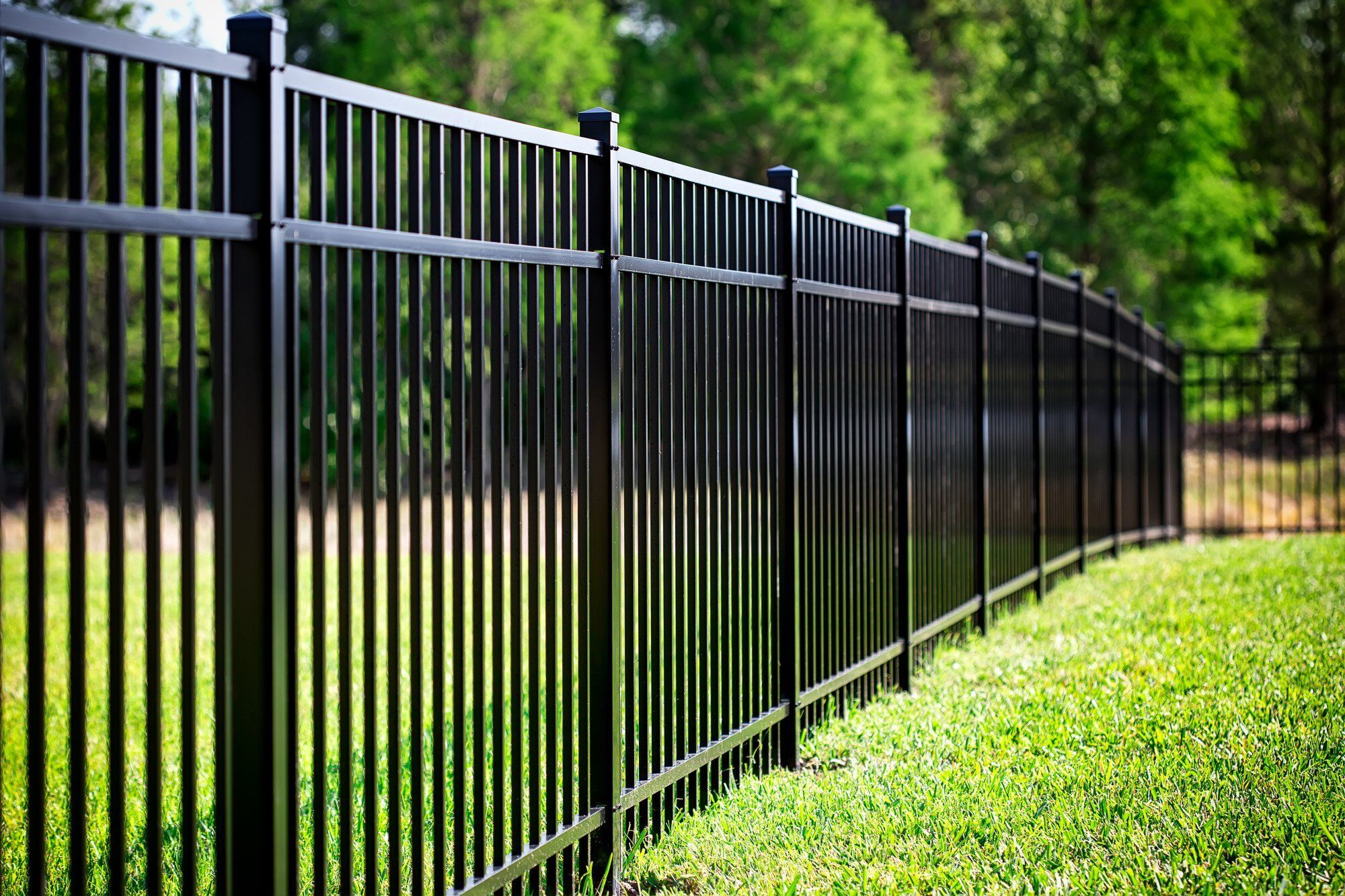All Categories
Featured

When planning a new fence for your residential property, it's easy to concentrate on the fundamental expenses-- materials, setup, and labor. Right here's an overview to some of the most common concealed expenses to think about when budgeting for your secure fencing task.
- Allow Fees and Lawful Needs. Before you start excavating, it is essential to inspect if your location requires a permit to install a fence. Several communities have zoning laws that govern fencing positioning, product, and height, particularly if you're constructing near a building line or in a neighborhood with a House owners' Association (HOA) These regulations make certain the fence satisfies neighborhood criteria, yet they also include linked costs.
Expense variety: $50 to $500, depending upon your location and the intricacy of your task. 2. Fencing Removal and Disposal. If you're changing an existing fencing, removal and disposal of the old framework is an extra expense that can easily be neglected. Fencing removal normally entails disassembling the old fence, transporting away the products, and getting rid of them properly. Disposal costs can vary, particularly if the old materials need unique handling, such as cured timber or steel.

Cost variety: $2 to $10 per linear foot for removal and disposal, relying on the materials. 3. Land Prep Work and Excavation. A completely level setup website is not always guaranteed. If the land where your fence is being installed is uneven, rough, or covered in vegetation, it may need to be gotten rid of or leveled first. Grading or excavation prices can contribute to your complete project costs, especially if you're setting up messages in hard-to-dig dirt. Slopes or compacted soil may require specialized devices and more labor.
Price variety: $300 to $2,000, relying on the website's condition. 4. Energy Line Identification and Changes. Prior to digging, it's essential to make certain that no below ground utilities, like water, gas, or electric lines, will be disturbed throughout the setup. The majority of specialists will certainly call utility firms to note these lines, yet there can be added prices if modifications are required to avoid destructive existing infrastructure.
Expense array: $100 to $500, depending upon whether adjustments are required. 5. Custom-made Qualities and Upgrades. While your fundamental fencing might contain conventional materials, you could desire to add customized features like gateways, decorative panels, or incorporated lights. Automatic gates or protection systems are specifically pricey and need expert setup. Including these additionals raises the complete expense of your fencing, so ensure to factor them into your budget plan.

Expense variety: $100 to $1,500+ for attributes or entrances, depending upon size and complexity. 6. Shipment and Transport Expenses. Depending upon where your products are sourced, you may be billed a different shipment fee for delivering the fence products to your building. This is especially common with big or heavy orders, such as wood panels or steel fence. Distribution expenses can additionally vary based upon the range in between the provider and your place.
Expense range: $50 to $300 for distribution, depending on range and the amount of materials. 7. Maintenance Costs Over Time. Lots of types of fencings, specifically wood fencings, call for recurring maintenance to remain in great condition. Normal jobs like discoloration, sealing, and cleaning will help extend the life of your fencing. Some products, such as vinyl or steel, may be a lot more low-maintenance however can still sustain expenses for repairs or replacements if harmed.
Annual cost array: $50 to $300 for upkeep, depending upon product and environment. 8. Climate Delays. Nature doesn't constantly comply with your timeline. If your installation is delayed by negative weather, such as rain or severe warm, you may face extra labor prices if workers require to go back to finish the project at a later time. Hold-ups can additionally prolong the job timeline, pressing back when the fence is all set for usage.
Price array: Variable, relying on exactly how long the hold-up lasts. 9. Home Line Disputes. Installing a fence near to your residential or commercial property line can in some cases bring about disputes with neighbors. If your border is unclear, it may be needed to work with a professional land surveyor to verify the home line before setup. This added step guarantees you will not accidentally intrude on your neighbor's land, yet it includes added expenses.
Expense range: $400 to $1,000 for a home study, depending upon your place. 10. Dirt and Ground Problems. Specific soil types can present difficulties throughout installation. If your home has rough, compacted, or clay-based dirt, digging openings for blog posts can be a lot extra difficult, needing customized devices or more time to complete. Harder ground problems might additionally demand making use of concrete or various other enhancing products for added stability.
Cost range: $100 to $500 for devices or additional labor. Verdict. Authorizations, site prep work, old fencing removal, energy changes, and personalized features can all add up. By accounting for these hidden prices, you can make certain that your secure fencing project stays within budget and is finished without unanticipated economic surprises.
Latest Posts
Advertising And Marketing that Links People to Care
Published May 06, 25
1 min read
Discover Affordable Auto Repairs with Montclare’s Monthly Service Specials
Published May 06, 25
1 min read
Trust Montgomery’s Top Ophthalmologist: S. Douglas Owens, M.D. – Eye Center South Specialists
Published May 06, 25
1 min read
More
Latest Posts
Advertising And Marketing that Links People to Care
Published May 06, 25
1 min read
Discover Affordable Auto Repairs with Montclare’s Monthly Service Specials
Published May 06, 25
1 min read
Trust Montgomery’s Top Ophthalmologist: S. Douglas Owens, M.D. – Eye Center South Specialists
Published May 06, 25
1 min read